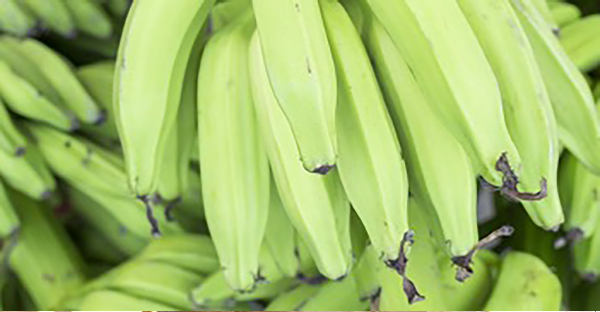Resistant starch is simply starch that resists digestion in the small intestine. It reaches the large intestine and feeds the good bacteria that live in our guts. It turns out that this gut fermentation is really important to our metabolism.
Scientific studies are showing that we need to return to the historically consumed slow-to-digest resistant starch and eat far less easy-to-digest, soft, highly refined carbohydrates.
Resistant starch diets/cancers
A recent study by Matters et al., (2022) published in the journal Cancer Prevention found that starch in green bananas (as opposed to ripe ones) and some other foods, such as green plantain etc., may potentially help reduce the risk of some cancers.
The protective effect of the resistant starch was “particularly evident” for upper gastrointestinal (GI) cancers, namely: Stomach/gastric cancer (cancer in the lining of the stomach); Bile tract cancer (cancer in the organs that make and store bile, a fluid made by the liver that helps digest fat); Pancreatic cancer (cancer in the pancreas); and duodenal cancer (cancer in the first part of your small intestine).
Green banana/plantain
Green bananas naturally have a huge amount of resistant starch. I have not seen good data analysing how resistant starch is in cooked green plantains and cooked green bananas, but it might be more in other foods because there is less concentration of other components (proteins and fats) that physically interfere with the starch retrogradation.
We also need a lot of education on resistant starch as a health-promoting starch. Most people also believe that all starches are bad for you.
I compare it to the historical perspective that people initially thought that all fats were bad until we figured out that there were good fats (i.e., Omega-3 fatty acids).
We are rapidly progressing to the same distinctions in carbohydrates — and resistant starch is one of the good carbs.
Source: graphic.com.gh

